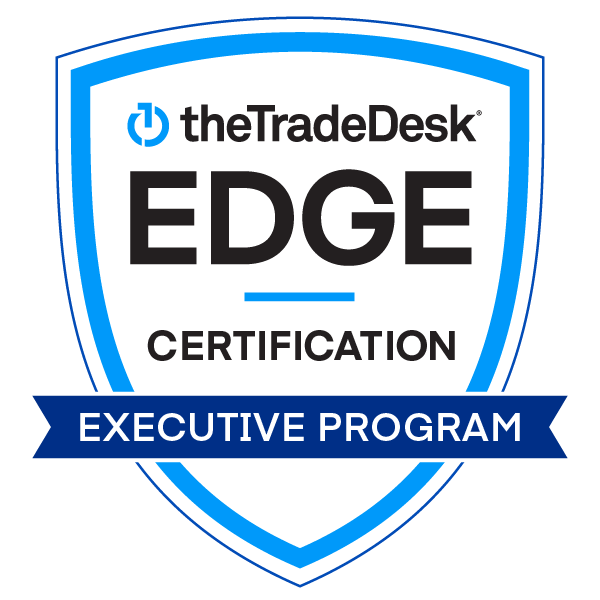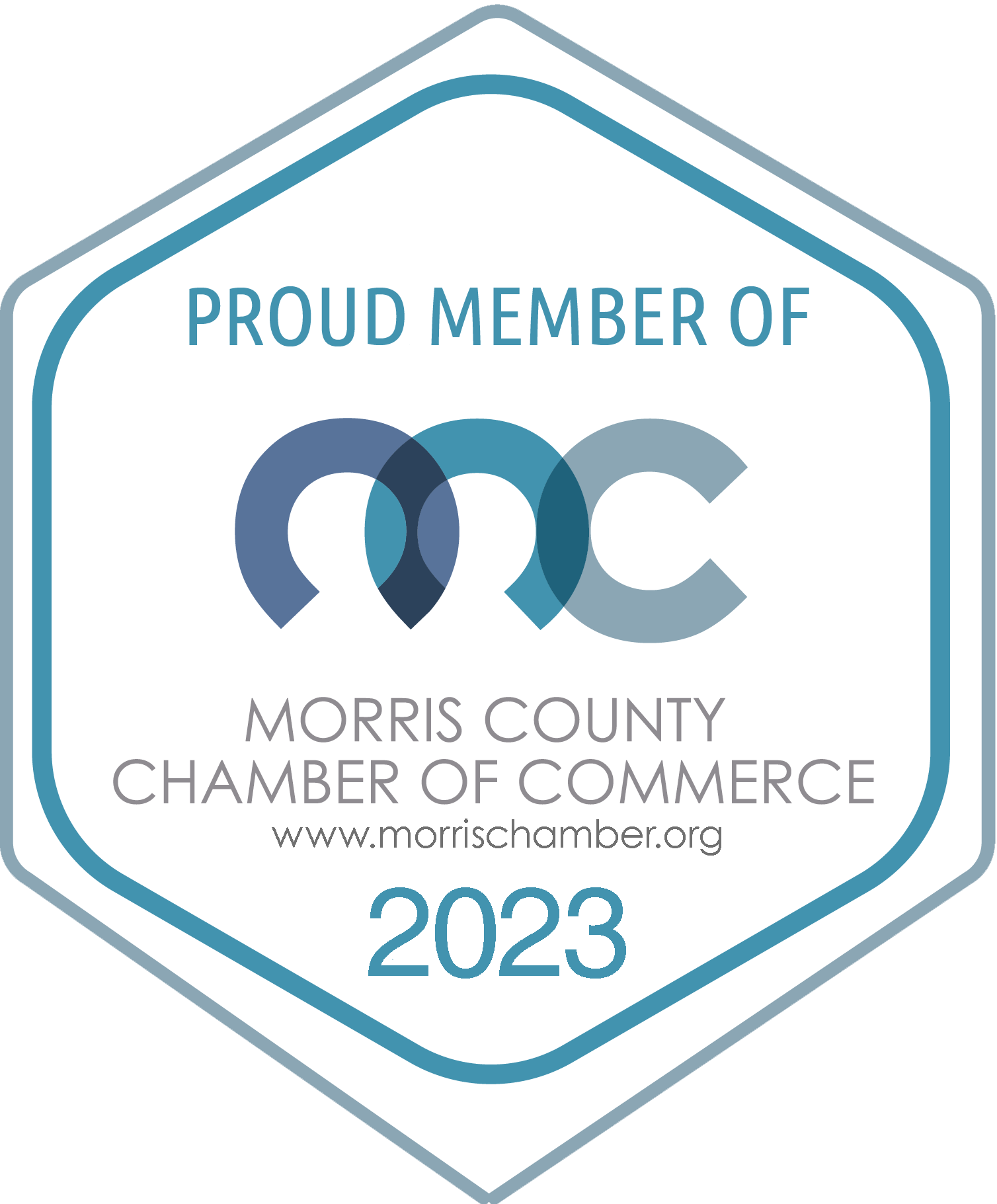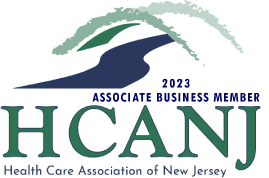 Teachers, administration, and faculty are the backbone of any school district. However according to the Center on Reinventing Public Education (CRPE), most of America’s biggest school districts are facing staffing shortages threatening their talent supply. While schools were already facing shortages, the pandemic greatly worsened them and their impact on school districts. With teachers and staff being so crucial to keeping schools running, many districts are being forced to get creative with their talent attraction efforts.
Teachers, administration, and faculty are the backbone of any school district. However according to the Center on Reinventing Public Education (CRPE), most of America’s biggest school districts are facing staffing shortages threatening their talent supply. While schools were already facing shortages, the pandemic greatly worsened them and their impact on school districts. With teachers and staff being so crucial to keeping schools running, many districts are being forced to get creative with their talent attraction efforts.
One major incentive school districts are now using is greater professional development opportunities. According to a study done by Brookings, 84 out of the 89 interviewed school districts planned to offer more professional development opportunities for staff, such as workshops and training. Some classes include helping teachers to better identify struggling students and know how to better support students emotionally. About a quarter of schools stated they planned to also offer coaching, mentoring, and well-being programs. Programs like these are attractive for staff, as it teaches them skills that make them more competitive and valuable in their careers.
Another method some districts are implementing is making a more direct pipeline for new staff to enter the workforce. For example according to Brookings, some districts are working with local universities to hire new graduating teachers, creating a direct path from college to career. According to the New York Times, states like NJ are publicizing passing rates on teacher licensing exams, showing new college students the best paths into education, and what types of teachers are the most in-demand. Other districts are making it more affordable for teachers and staff to start their careers, such as by offering new teacher residency programs or by reimbursing tuition for school nurses. Programs like these make it easier for schools to proactively find talent before talent finds them.
Some schools are even relaxing rigid restrictions and teacher certification requirements to open the door to a wider talent pool. Schools in New Jersey for example recently just proposed a plan to lift a residency restriction requiring candidates to live in the state to be eligible to teach there. This will give NJ schools greater access to more qualified talent outside of the state and help to fight their staffing shortages. Some other measures NJ is taking include removing an outdated teacher performance assessment called the edTPA. According to NJ.com, this would remove unnecessary hoops for teachers to jump through while still keeping hiring standards high.
One other method school districts are using is simply paying their teachers more or offering better financial incentives to attract new teachers and keep current ones. According to Calder, things such as loan forgiveness programs, educational stipends, and bonus programs significantly reduced turnover. In special education for instance, annual bonuses of just $2,500 were enough to lower attrition. Other school districts are also offering signing bonuses as well as retention bonuses to teachers who stay with the district. Giving teachers and faculty greater financial incentives will increase a school’s attractiveness to candidates in the job market.
SCG Advertising + PR helps over 350 schools in New Jersey with their recruitment advertising. If you need help filling your open positions, visit our website at: www.scgadv.com















